Nikhil Saldanha
Frequency learning for structured CNN filters with Gaussian fractional derivatives
Nov 12, 2021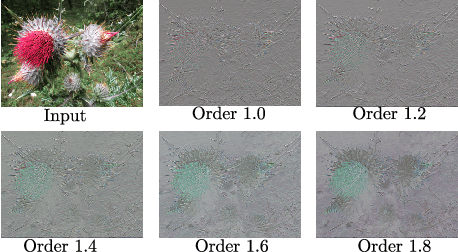



Abstract:Frequency information lies at the base of discriminating between textures, and therefore between different objects. Classical CNN architectures limit the frequency learning through fixed filter sizes, and lack a way of explicitly controlling it. Here, we build on the structured receptive field filters with Gaussian derivative basis. Yet, rather than using predetermined derivative orders, which typically result in fixed frequency responses for the basis functions, we learn these. We show that by learning the order of the basis we can accurately learn the frequency of the filters, and hence adapt to the optimal frequencies for the underlying learning task. We investigate the well-founded mathematical formulation of fractional derivatives to adapt the filter frequencies during training. Our formulation leads to parameter savings and data efficiency when compared to the standard CNNs and the Gaussian derivative CNN filter networks that we build upon.
Code Completion using Neural Attention and Byte Pair Encoding
Apr 14, 2020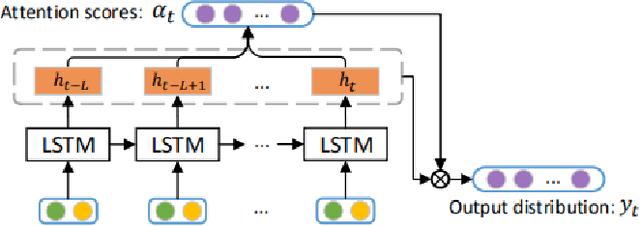
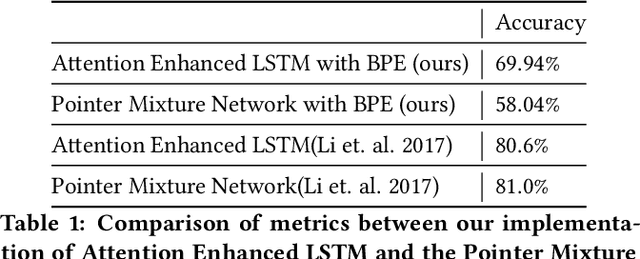
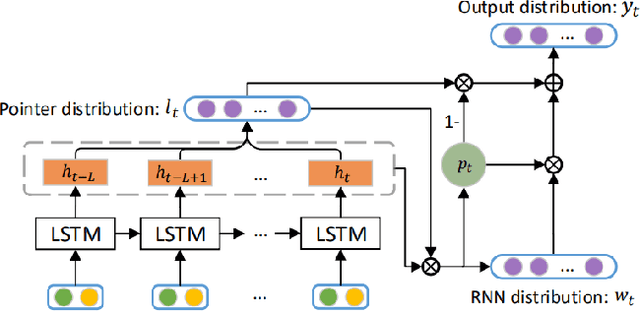
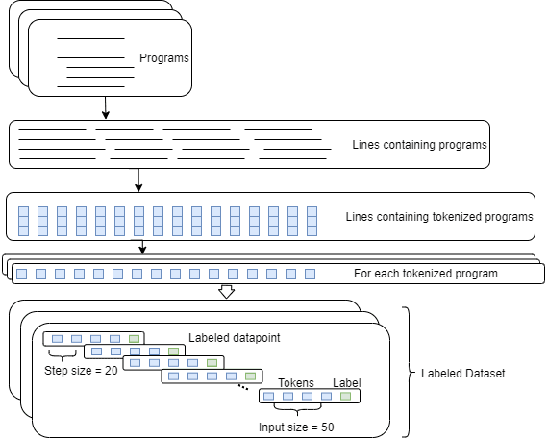
Abstract:In this paper, we aim to do code completion based on implementing a Neural Network from Li et. al.. Our contribution is that we use an encoding that is in-between character and word encoding called Byte Pair Encoding (BPE). We use this on the source code files treating them as natural text without first going through the abstract syntax tree (AST). We have implemented two models: an attention-enhanced LSTM and a pointer network, where the pointer network was originally introduced to solve out of vocabulary problems. We are interested to see if BPE can replace the need for the pointer network for code completion.
 Add to Chrome
Add to Chrome Add to Firefox
Add to Firefox Add to Edge
Add to Edge